Hello, dear friends! Welcome to my post. How are you all? I hope you are all doing well by the grace of Almighty Allah. I'm doing well too and having a great day.
Today, I'm excited to submit my assignment for the second week in the Teachers & Students community.
This week's assignment focuses on "Micro Teaching." Let's dive right in without further delay. Lets have a start .
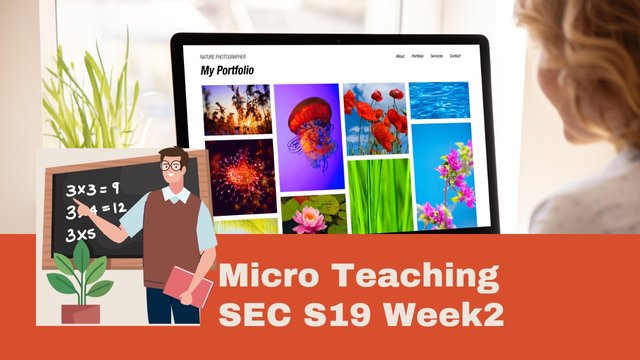
Lesson Plan for Micro Teaching
| Grade Level: | 9th Grade |
|---|---|
| Subject: | Chemistry |
| Topic: | Types of Chemical Reactions |
| Duration: | 20 minutes |
Objectives:
- Students will be able to identify and describe the five main types of chemical reactions.
- Students will understand and be able to write balanced chemical equations for each type of reaction.
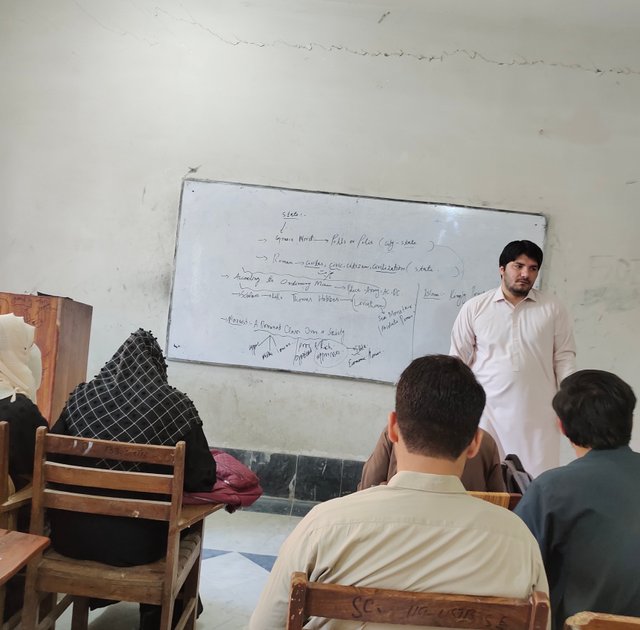
| Materials: | Whiteboard and markers, Handouts with example reactions |
|---|
| Introduction | (3-4 minutes) |
|---|---|
| Greeting and Introduction: Briefly introduce the topic. For motivation, engage students with a quick question: "Can anyone give an example of a chemical reaction you see in everyday life?" This will pique their interest and set the context for the lesson. |
| Presentation | (10-12 minutes) |
|---|---|
| Step 1: | Definition and Types: Explain the five main types of chemical reactions: synthesis, decomposition, single replacement, double replacement, and combustion. Write each type on the whiteboard with a brief description. Use simple language to ensure understanding. |
| Step 2: | Examples and Equations: Provide examples of each reaction type using the handouts. Show how to balance chemical equations for each type. For instance, demonstrate a synthesis reaction: A + B → AB. Walk through the balancing process step-by-step, involving students by asking them to suggest how to balance the equations. |
| Step 3: | Class Participation: Invite students to come to the whiteboard and balance a given chemical equation. This will help reinforce their understanding through hands-on practice. |
| Summary/Conclusion | (3-4 minutes) |
|---|---|
| Review and Questions: Summarize the five types of chemical reactions and the importance of balancing chemical equations. Ask students to recall and describe each type. Conclude with a quick Q&A session, encouraging students to ask any questions they have about the material covered. | |
| Assessment: | Distribute a short quiz with a few questions on identifying reaction types and balancing simple equations to evaluate students' understanding. |
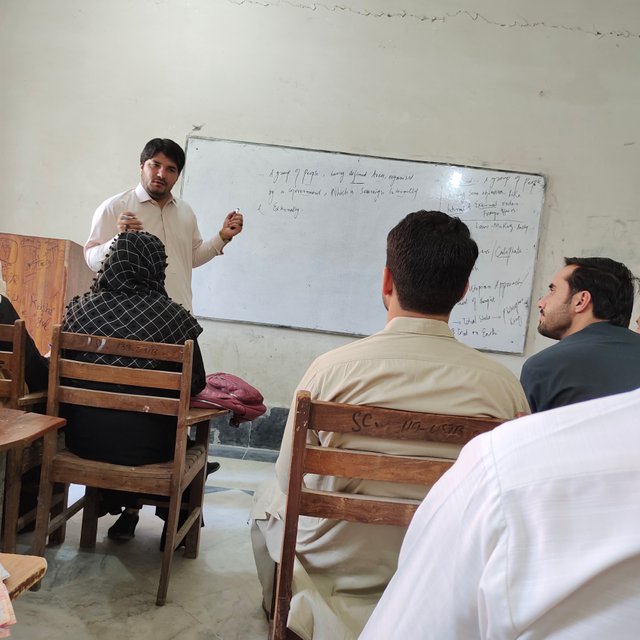
I will used to implement several measures to ensure all of my students were focused while teaching. First of all, the introduction of the lesson in an interesting way helped engage their attention with relevant examples and some interactive questions. Moving around the classroom and maintaining eye contact during the lesson presented me with an including presence for all students in the discussion. I will varied my teaching methods with the use of visual aids and hands-on activities to keep the lesson interesting and reach different learning styles.
For instance, if there was a distraction—like a student getting off task or maybe some noise outside—I will turned their attention back to the lesson with a calm demeanor. That could be accomplished by briefly pausing, addressing the distraction directly with a gentle reminder of the classroom rules, or maybe integrating the distraction into the lesson if it were relevant. This minimized disruption and kept the class on track.
- Engaging Introduction
- Eye contact and move around in the classroom.
- Mix up the teaching methods
- Calm and clear treatment of one's own distractions
- Use distractions if appropriate to the lesson.
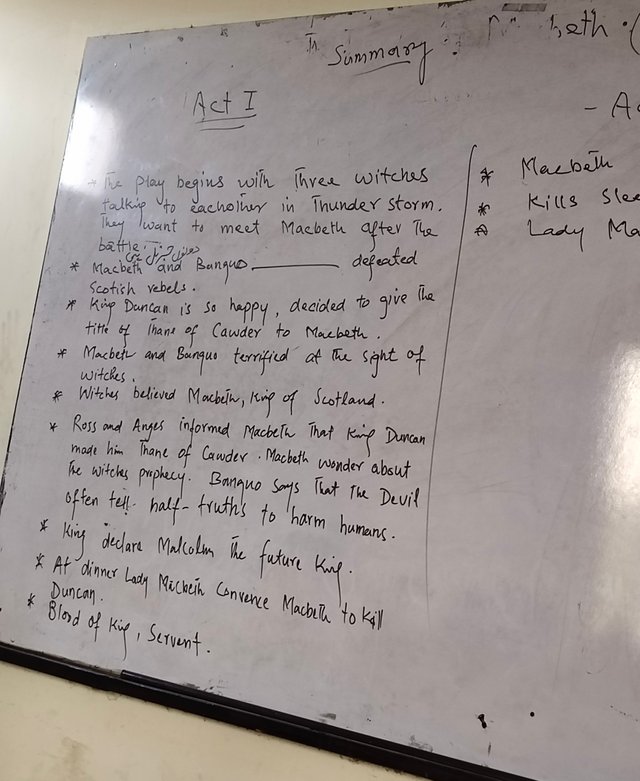
To efficiently use the allocated 20 minutes that would be spent delivering the lecture on types of chemical reactions, I broke down the lesson plan into structured segments and made sure every part was short but comprehensive.
Introduction (3-4 minutes):
I started off with welcoming the students and briefly discussing the problem of chemical reactions. To grab the attention of the students, I asked a quick question about common chemical reactions that happen every day, which actually interested them and provided a background for the lesson. This type of introduction, being interactive, not only set the stage but also helped students relate to the topic.
Presentation (10-12 minutes):
This was broken into three clear steps:
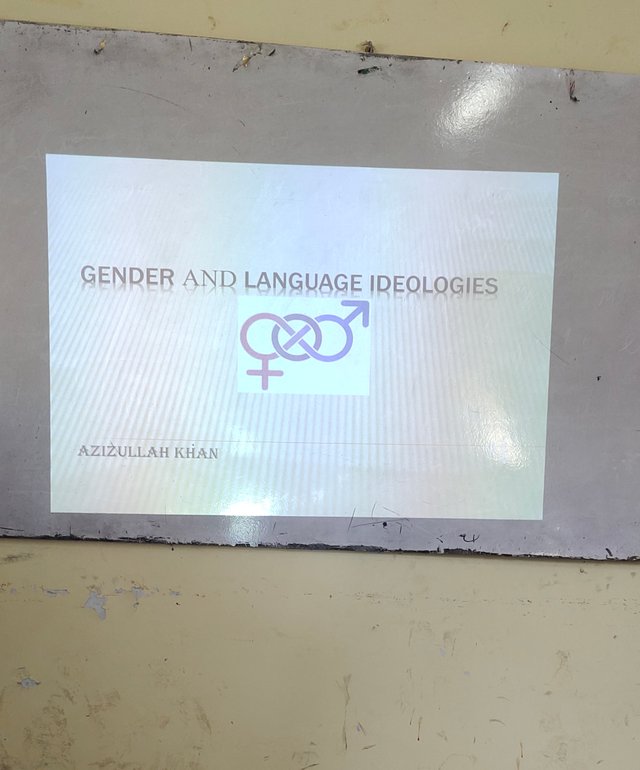
Definition and Types (4 minutes): I explained the five main kinds of chemical reactions, namely synthesis, decomposition, single replacement, double replacement, and combustion. Writing each type on the whiteboard with a short description helped in visualization.
Examples and Equations (4 minutes): Handouts were used with examples for each type of reaction. I used them to balance a couple of chemical equations. For instance, in a synthesis reaction, A + B → AB, I balanced it step by step so that it would be clear.
Class Participation (4 minutes): I then asked the students to come to the board and balance some chemical equations. This hands-on practice from the students kept them engaged and truly built their understanding.
Summary/Conclusion: The summary provided a wrap-up of key points on five kinds of chemical reactions and why it is important to balance chemical equations. I asked students to recall each type and describe them, checking for retention. A quick question-and-answer session permitted students to clear up any confusion.
Assessment (2 minutes):
Finally, I handed out a quick quiz that had on it questions that assessed reaction type identification and simple equation balancing. This would provide coherence in using the 20 minutes efficiently to keep instruction, interaction, and assessment in proper balance.
kind Regards
@artist1111

Adieu, folks!
May the winds of fortune
carry you to greatness!
May the winds of fortune
carry you to greatness!
Upvoted. Thank You for sending some of your rewards to @null. It will make Steem stronger.
Downvoting a post can decrease pending rewards and make it less visible. Common reasons:
Submit
Thank you for sharing these insights on micro-teaching. You have done justice to the homework as you shared these valuable resources for teachers who are looking forward to improving their teaching skills. Your presentation style is easy to understand even to the new teachers and students. I wish you success in the contest.
Downvoting a post can decrease pending rewards and make it less visible. Common reasons:
Submit
Thank you for the kind words! I'm glad you found the resources helpful. Best wishes to you as well!
Downvoting a post can decrease pending rewards and make it less visible. Common reasons:
Submit
Thanks a lot! If teaching were a sport, I’d hope to win gold in clarity and fun! 😄🏅
Downvoting a post can decrease pending rewards and make it less visible. Common reasons:
Submit
With your straightforward lesson plan, student will learn fast about your subject topic: chemical reaction. I wish you good luck.
Downvoting a post can decrease pending rewards and make it less visible. Common reasons:
Submit
Thanks! If the lesson plan works, students might even react faster than the chemicals! 😄
Downvoting a post can decrease pending rewards and make it less visible. Common reasons:
Submit